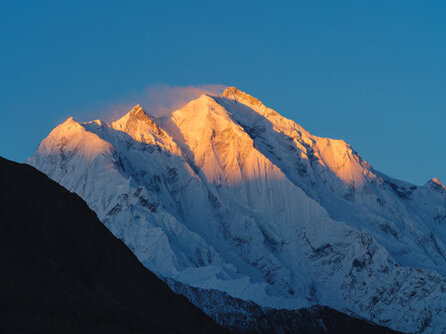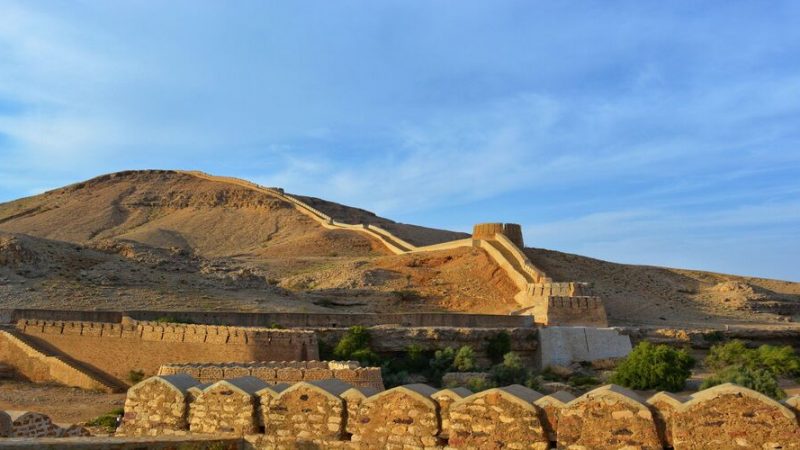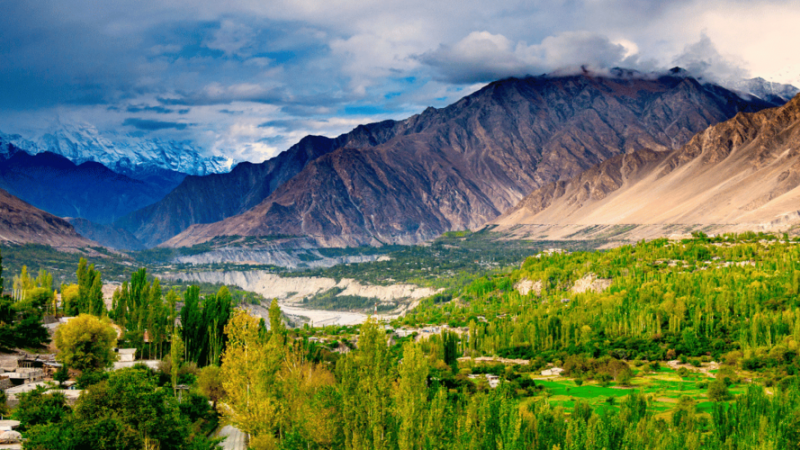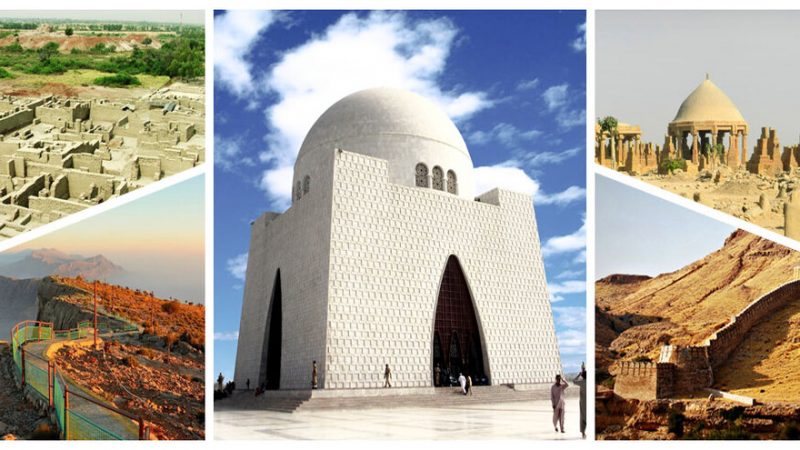7 highest mountains of Pakistan: Must-Climb Peaks for Mountaineering Enthusiasts

Pakistan is home to 108 peaks above 7,000 meters and probably as many peaks above 6,000 m. There is no count of the peaks above 5,000 and 4,000 m. Five of the 14 highest independent peaks in the world (the eight-thousanders) are in Pakistan (four of which lie in the surroundings of Concordia; the confluence of Baltoro Glacier and Godwin Austen Glacier).
1. K2 (Karakoram 2)
K2 is the second-highest mountain in the world, located in the Karakoram Range on the border of Pakistan and China. It is known for its challenging and dangerous climbing conditions, earning it the nickname “Savage Mountain.” With a majestic peak and treacherous slopes, K2 is renowned for its extreme weather, technical difficulties, and low summit success rate. It remains a symbol of adventure and achievement in the world of mountaineering.
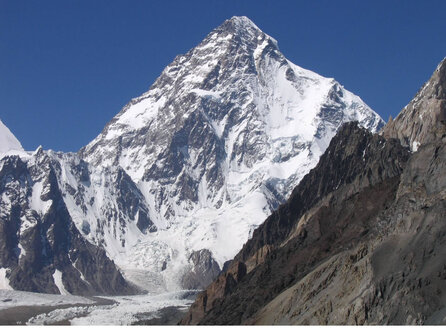
2. Nanga Parbat
Nanga Parbat locally known as Diamer is the ninth-highest mountain in the world at 8,126 meters (26,660 ft) above sea level. Located in the Diamer District of Pakistan’s Gilgit Baltistan region, Nanga Parbat is the western anchor of the Himalayas.
The name is Nanga Parbat is derived from the Sanskrit words nagna and parvata which together mean “Naked Mountain”.
The mountain is locally known by its Tibetan name Diamer or Deo Mir, meaning “huge mountain”.

3. Broad Peak
Broad Peak is the 12th highest mountain in the world at 8,047 meters (26,401 ft) above sea level.
The literal translation of “Broad Peak” to Falchan Kangri is not used among the Balti people.
The English name was introduced in 1892 by the British explorer Martin Conway, in reference to the similarly named Breithorn in the Alps

4. Gasherbrum I (Hidden Peak)
Gasherbrum I surveyed as K5 and also known as Hidden Peak is the 11th highest mountain in the world at 8,080 meters (26,510 ft) above sea level. It is located on the Pakistan–Chinese border and Xinjiang region of China. Gasherbrum I is part of the Gasherbrum massif, located in the Karakoram region of the Himalayas.
Gasherbrum is often claimed to mean “Shining Wall”, presumably a reference to the highly visible face of the neighboring peak Gasherbrum IV; but in fact, it comes from “rgasha” (beautiful) + “brum” (mountain) in Balti, hence it actually means “beautiful mountain.”
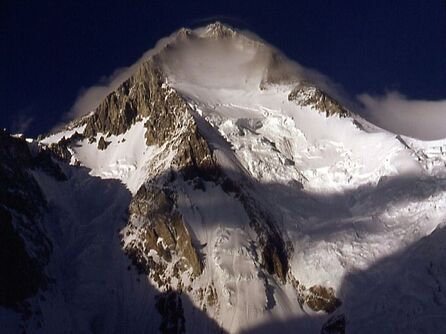
5. Gasherbrum II
Gasherbrum II surveyed as K4, is the 13th-highest mountain in the world at 8,035 meters (26,362 ft) above sea level.
It is the third-highest peak of the Gasherbrum massif and is located in the Karakoram, on the border between Gilgit–Baltistan province, Pakistan, and Xinjiang, China.
The mountain was first climbed on July 7, 1956, by an Austrian expedition that included Fritz Moravec, Josef Larch, and Hans Willenpart.
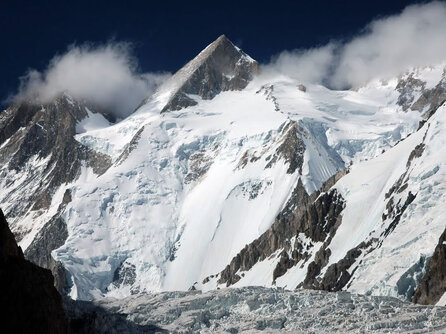
6. Kanchenjunga (Pakistan)
Not to be confused with the Kanchenjunga mountain located on the Nepal-India border, this Kanchenjunga stands at 8,586 meters (28,169 feet) and is located in the Hushe Valley of Gilgit-Baltistan. It is a challenging peak that attracts experienced mountaineers.
Kanchenjunga is a beautiful and awe-inspiring mountain, but it is also a dangerous mountain. Climbers should be aware of the risks involved before attempting to climb Kanchenjunga.
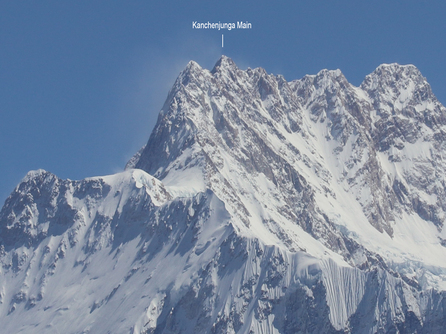
7. Rakaposhi
Rakaposhi is a majestic mountain located in the Karakoram Range of northern Pakistan. Standing at an elevation of 7,788 meters, it boasts a distinctive pyramid shape and a snow-capped summit that captures the imagination of climbers and visitors. With its challenging routes and breathtaking surroundings, including the scenic Hunza Valley, Rakaposhi is a symbol of awe-inspiring beauty in the Karakoram Range, attracting adventurers and nature enthusiasts from around the world.
